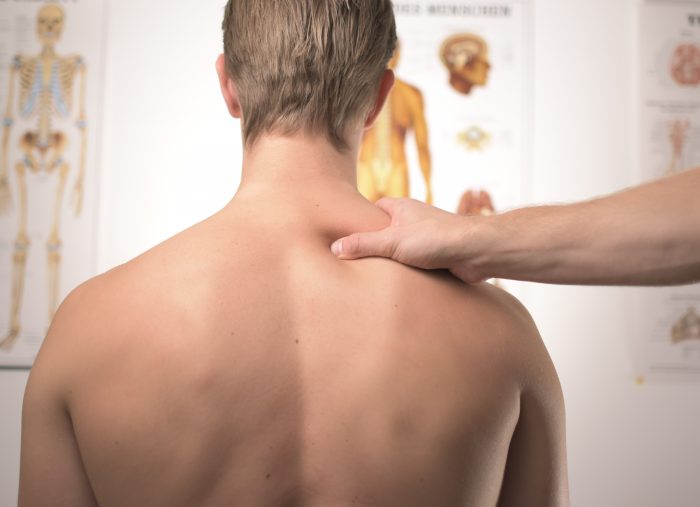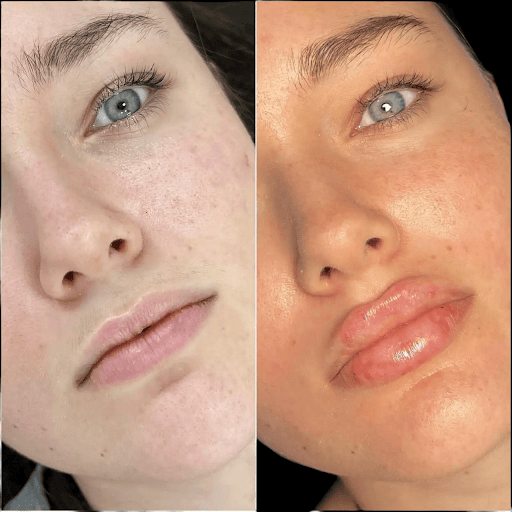Understanding what are signs of posterior tooth nerve damage is crucial for early intervention and successful treatment outcomes. Posterior teeth—molars and premolars—are structurally complex, often harboring multiple canals, which increases the likelihood of subtle or hidden nerve issues. Damage to the dental pulp or nerve tissue within these teeth can lead to escalating complications if not addressed promptly. Whether resulting from deep decay, trauma, repeated dental procedures, or bruxism, recognizing the early manifestations of nerve involvement is key to preserving both function and structure.
Persistent, Localized Pain and Pressure Sensitivity:
One of the hallmark indicators of Posterior Root Canal in Dubai nerve compromise is chronic or episodic pain localized to a specific back tooth. While general discomfort may be caused by periodontal conditions, nerve pain is often sharper, spontaneous, and exacerbated by pressure or thermal stimuli.
Key symptoms include:
-
Spontaneous throbbing pain that occurs without provocation
-
Sharp or stabbing discomfort when chewing or biting
-
Pain that lingers after hot or cold exposure
-
Intermittent episodes of intense discomfort, particularly at night
-
Referred pain to the ear, jaw, or even temple region
These symptoms suggest inflammation or necrosis of the pulp tissue, indicating a need for endodontic assessment and potential root canal therapy.
Thermal Hypersensitivity That Persists:
While brief sensitivity to temperature extremes may not be cause for alarm, prolonged sensitivity to hot or cold in a posterior tooth can point to underlying nerve inflammation (pulpitis) or irreversible damage. This symptom is particularly diagnostic when it differs significantly from surrounding teeth.
Signs of problematic sensitivity include:
-
Sensitivity lasting longer than 10–15 seconds after thermal exposure
-
Greater reactivity to heat, often a sign of necrotic pulp tissue
-
Cold sensitivity accompanied by dull aching, indicating pulpal inflammation
-
Only one tooth reacting intensely, unlike a generalized hypersensitivity
-
Worsening sensitivity over time, even with desensitizing toothpaste
Endodontic testing, including cold tests and electric pulp testing, are typically used to confirm diagnosis in clinical settings.
Gum Swelling or Fistula Formation:
An often overlooked indicator of nerve damage in posterior teeth is the presence of swelling in the surrounding periodontal tissues, particularly near the root apex. Chronic pulpal infection can lead to the formation of a periapical abscess, which may drain via a sinus tract (fistula), sometimes with minimal discomfort.
Clinical signs include:
-
Localized gingival swelling or puffiness adjacent to the tooth
-
Pimple-like bump on the gum that may intermittently drain pus
-
Foul taste or odor in the mouth from purulent discharge
-
Gingival tenderness that flares when pressure is applied
-
Swelling spreading to the cheek or jaw, indicating deep infection
This stage often signifies advanced pulpal necrosis and periapical pathology, necessitating urgent endodontic treatment to prevent systemic involvement.
Tooth Discoloration and Structural Changes:
Posterior teeth may not be as visible as anterior ones, but subtle color changes and morphological shifts can still serve as key indicators of nerve degradation or internal hemorrhage. This often follows trauma or pulp necrosis in molars and premolars.
Notable discoloration patterns include:
-
Darkening of the crown to a yellowish-gray or brown hue
-
Change in translucency, making the tooth look more opaque
-
Loss of natural luster, even if enamel remains intact
-
Discoloration isolated to one posterior tooth, unlike general staining
-
Visual evidence of cracks or enamel breakdown, often concurrent
Advanced imaging such as cone beam CT (CBCT) may be used to assess internal resorption or hidden fractures in such cases.
Limited Functionality and Bite Imbalance:
When a posterior tooth nerve is damaged, patients often adjust their bite subconsciously to avoid discomfort, leading to occlusal disharmony and increased stress on adjacent teeth. Over time, this can contribute to temporomandibular joint (TMJ) issues and uneven wear.
Functional signs include:
-
Avoidance of chewing on one side
-
Pain when tapping the tooth, a common test in endodontic diagnosis
-
Mild to moderate mobility, not related to periodontal disease
-
A sensation that the tooth is “high”, or prominent in occlusion
-
Changes in bite pressure tolerance, leading to altered mastication habits
These compensatory behaviors may mask the root issue, delaying necessary treatment and exacerbating structural damage.
Diagnostic Confirmation and Clinical Course of Action:
While symptoms can strongly suggest Posterior Root Canal nerve damage, definitive diagnosis requires clinical evaluation, radiographic imaging, and vitality testing. A prompt and accurate diagnosis allows for timely root canal therapy, which is the standard of care for preserving a non-vital or inflamed tooth.
Diagnostic steps typically include:
-
Periapical radiographs to assess periapical bone loss or canal anatomy
-
Thermal and electric pulp tests to gauge nerve responsiveness
-
Percussion and palpation testing to localize sensitivity
-
Periodontal probing to rule out concurrent gum disease
-
CBCT scans in complex or multi-rooted molars for precision planning
Early intervention in the presence of nerve damage not only preserves the tooth but also prevents progression to more invasive or costly procedures such as extraction and implant placement.




